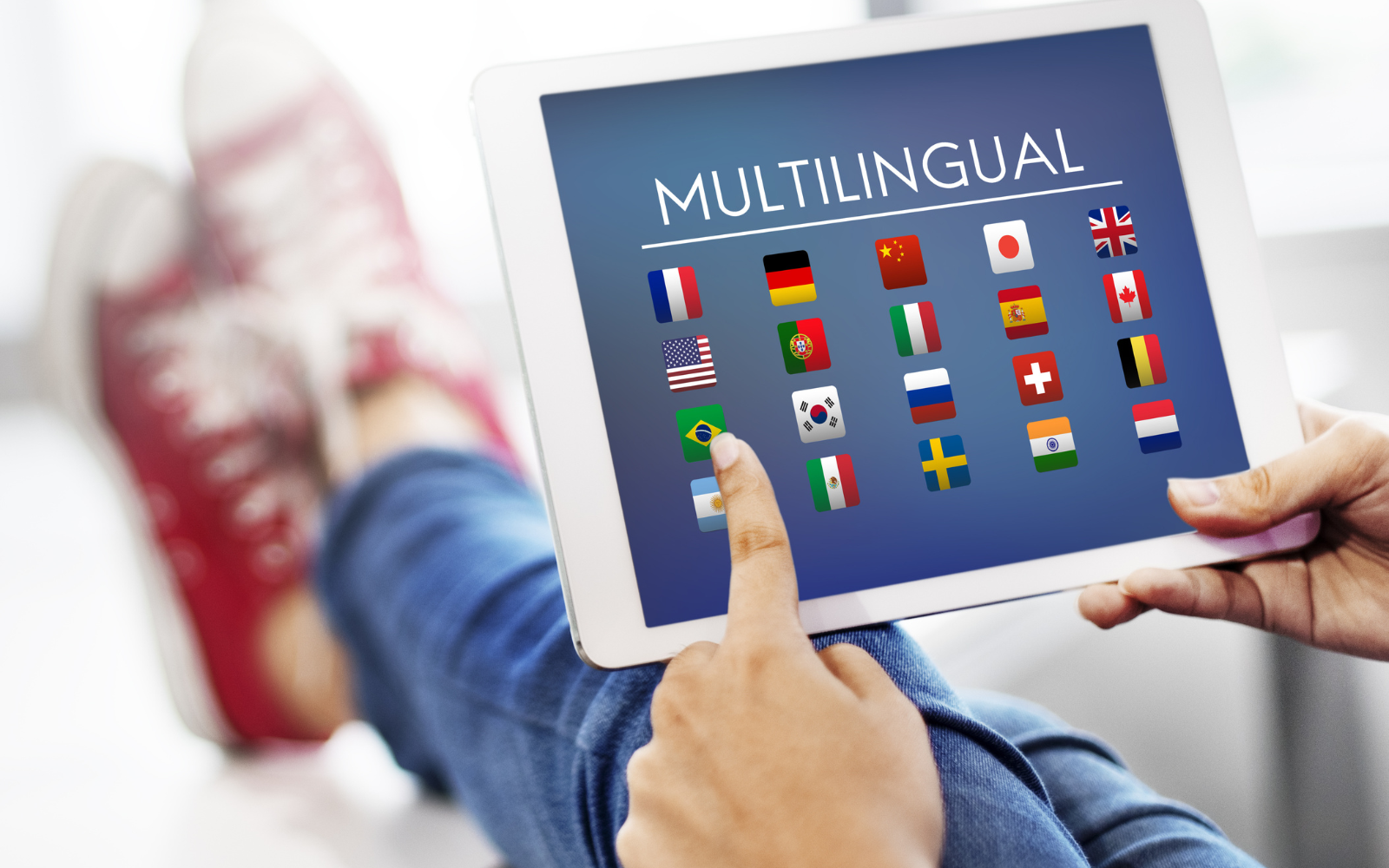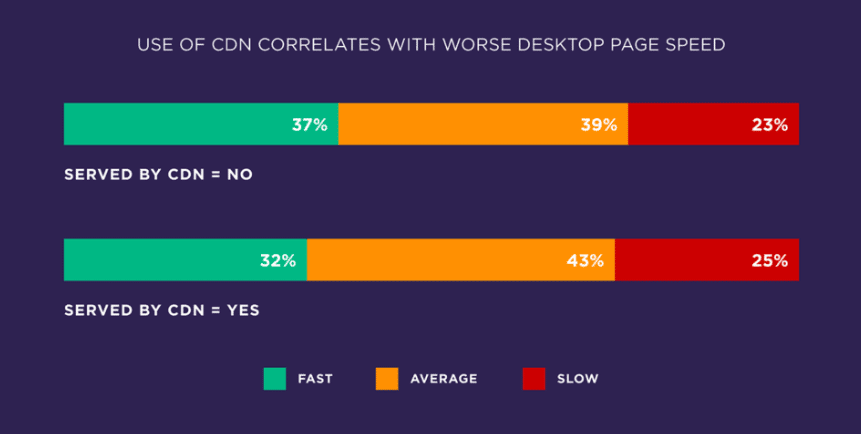How to Create a Multilingual Website for Global Reach

Expanding your business globally requires more than just a robust online presence—it requires effective communication with diverse audiences. A multilingual website can help you engage users from various regions and cultures, offering them a personalized experience in their native language. In this guide, we’ll cover the essential steps to creating a multilingual website that improves global reach, enhances user experience, and boosts SEO.
Plan for Translation and Localization
Creating a multilingual website starts with choosing the right languages based on your target markets. Translation is about converting text from one language to another, but localization goes further—it adapts your content to the cultural nuances of each region, including currency, date formats, and even tone.

Implement Language Switcher for a Seamless User Experience
A well-placed language switcher is essential for users to easily toggle between languages on your website. Place it prominently on your homepage or in the header where it's visible across all pages.

Create Separate URLs for Each Language
For effective multilingual SEO, it’s important to create unique URLs for each language version of your website.

Optimize for Multilingual SEO
A slow website can drive visitors away. Optimize your site’s speed by compressing images, reducing the use of heavy scripts, and choosing fast hosting providers. Users expect websites to load within 3 seconds, so aim for a fast and responsive design.

Use a Content Management System (CMS) That Supports Multilingual Capabilities
Choosing the right CMS can make or break your multilingual website. Platforms like WordPress, Joomla, or Drupal offer plugins or built-in features that make it easier to manage content in multiple languages.

Ensure Fast Loading Speeds and Performance Across All Regions
Your multilingual website should offer fast loading times across all target regions, as slow websites can lead to poor user experience and reduced rankings. Utilize Content Delivery Networks (CDNs) to serve your website faster by caching copies in different geographical locations.

Adapt to Local Laws and Regulations
When expanding globally, it’s crucial to comply with local laws regarding data protection, privacy, and e-commerce. For example, GDPR regulations apply to users in the European Union, requiring explicit consent for data collection.

Test User Experience in Every Language
Before launching your multilingual website, thoroughly test the user experience in each language version. Check for translation errors, broken links, and inconsistencies in layout or design that may arise due to different text lengths or formatting.

Conclusion
Creating a multilingual website is a key step toward reaching a global audience. By focusing on accurate translations, localized content, and multilingual SEO, you can ensure that your website appeals to users from different cultures and regions. Follow these best practices to enhance your global reach and make your website a valuable tool for international expansion.
Overview
Plan for Translation and Localization Implement Language Switcher for a Seamless User Experience Incorporate Social Sharing Buttons Optimize for Multilingual SEO Use a Content Management System (CMS) That Supports Multilingual Capabilities Ensure Fast Loading Speeds and Performance Across All Regions Adapt to Local Laws and Regulations Test User Experience in Every LanguageRelated Blogs
Store Branding Secrets: How to Design a Winning Store Branding Strategy
Crafting a compelling and cohesive brand identity is essential for any successful retail business.This presentation will guide you through the key elements of store branding, from defining your brand's positioning to designing an immersive in-store experience.



